Throughout the ages, humanity has wielded its inherent creativity and resourcefulness to tame wild animals. This extraordinary phenomenon, termed animal domestication, stands as a crucial force in shaping civilizations, revolutionizing agriculture, and deepening the bonds of companionship between humans and animals. In this article, we delve into the nuanced art of taming the wild and the profound impact it has etched into the tapestry of our shared history.
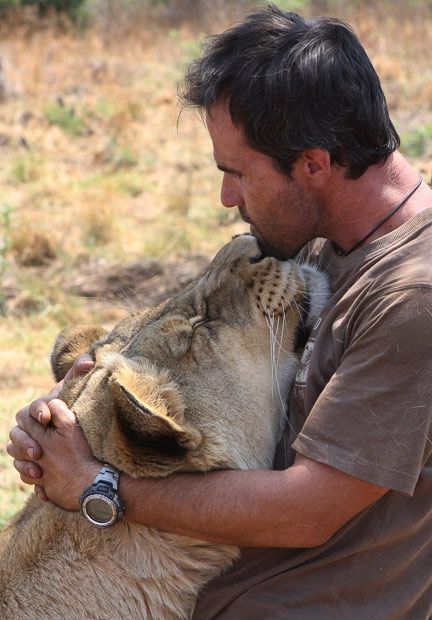
The Dawn of Domestication:
The epoch of animal domestication unfolded millennia ago as early humans shifted from nomadic lifestyles to settled agricultural communities. In this transition, our ancestors discerned the advantages of having animals as allies. They engaged in the deliberate breeding and training of specific species to fulfill diverse roles, ranging from providing sustenance and clothing to serving in transportation and offering companionship.
The Partnership Unveiled:
Whether it’s the formidable oxen aiding in plowing fields or the steadfast dogs guarding our homes, the process of animal domestication has forged invaluable partnerships. Through patient observation and meticulous breeding, humans have refined the inherent traits of various species to align with our needs. This intricate interplay between humans and animals has not only reshaped the animals themselves but has also laid the groundwork for fundamental aspects of human civilization.
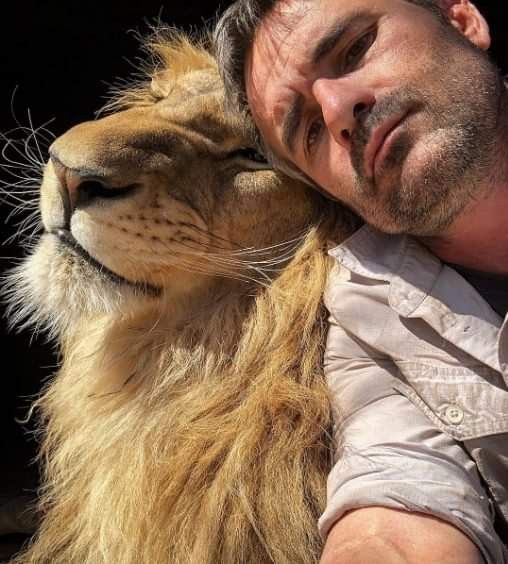
The Agricultural Revolution:
One of the most significant outcomes of animal domestication was the agricultural revolution. Animals like cattle, sheep, and goats became integral to farming practices, revolutionizing food production. The symbiotic relationship between humans and domesticated animals propelled societies into a new era of productivity, enabling the growth of surplus food and population.
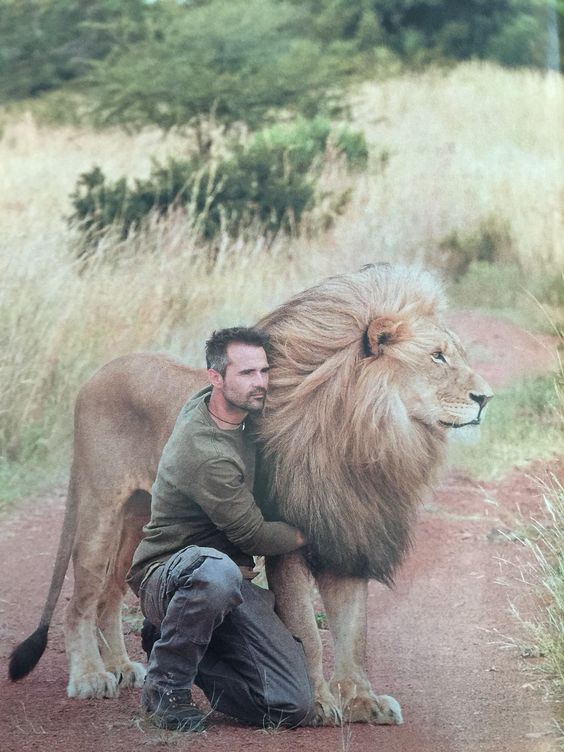
Cultural Significance:
Beyond practical benefits, domesticated animals have woven themselves into the fabric of human culture. Iconic symbols like the Egyptian cat, revered for its role in controlling pests, or the Chinese zodiac animals, each with its unique significance, showcase the enduring impact of animal domestication on our beliefs, folklore, and traditions.
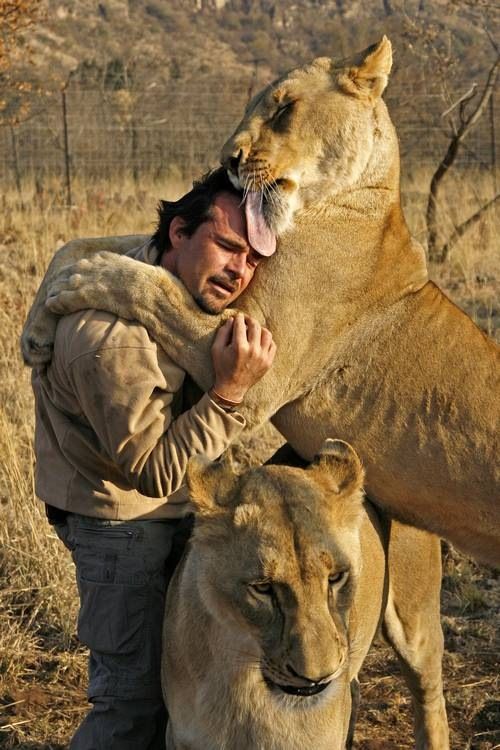
Challenges and Ethical Considerations:
While the benefits of domestication are undeniable, it comes with its share of challenges and ethical considerations. Striking a balance between responsible breeding practices, humane treatment, and preserving the natural behaviors of animals remains a constant concern. The responsibility falls on us to ensure the well-being of the creatures that have become our partners in this journey.
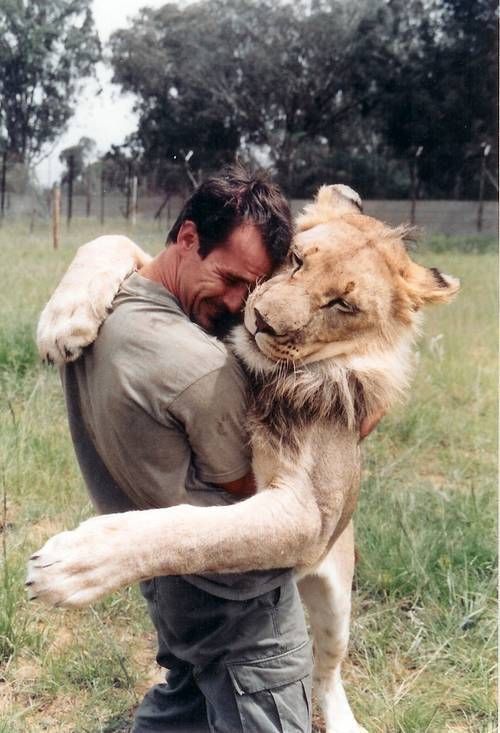
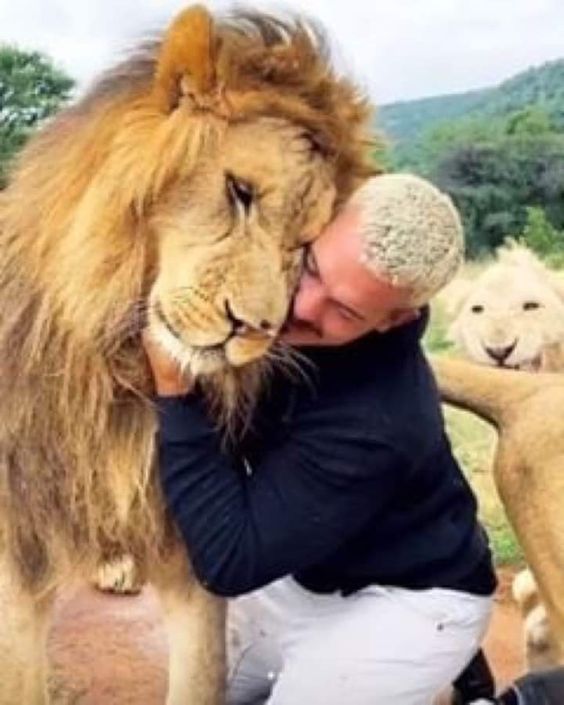
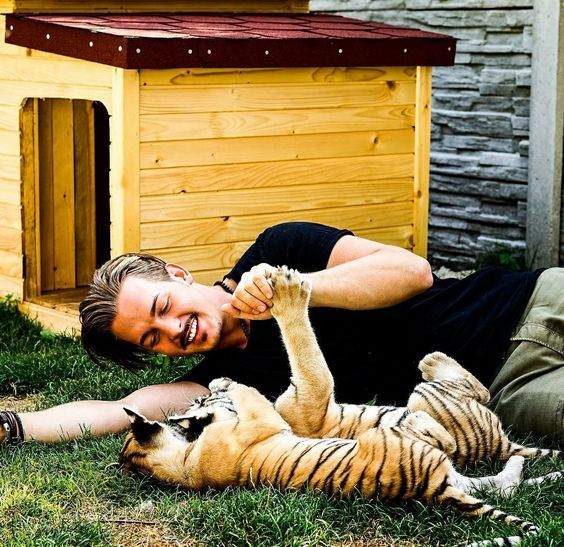
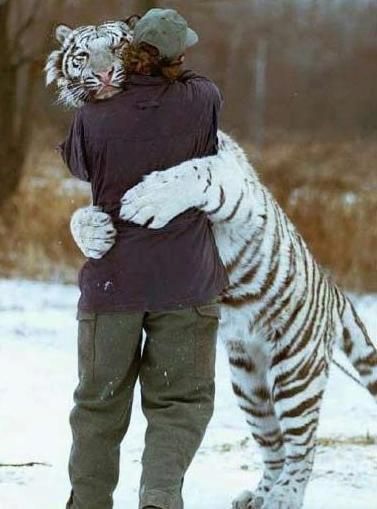
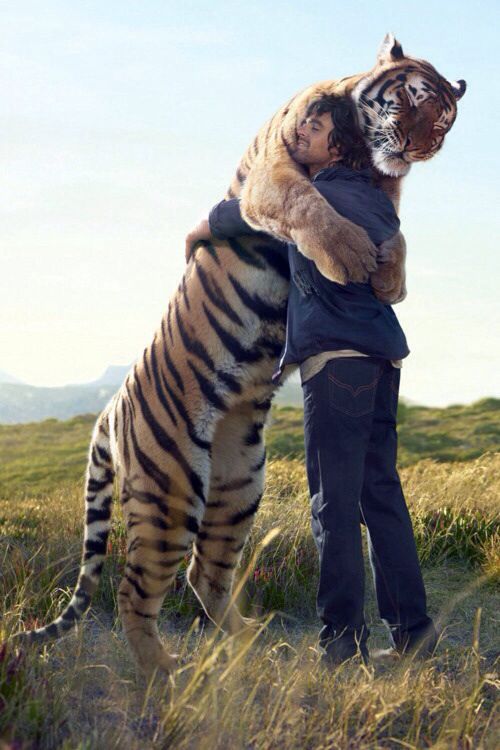

The art of taming the wild stands as a testament to human ingenuity and adaptability. From the bustling farms to the cozy corners of our homes, domesticated animals have become indispensable companions, laborers, and friends. As we continue to navigate the delicate balance between our needs and the welfare of these creatures, the legacy of animal domestication remains an enduring chapter in the shared story of humans and the wild beings we’ve brought into our fold.





